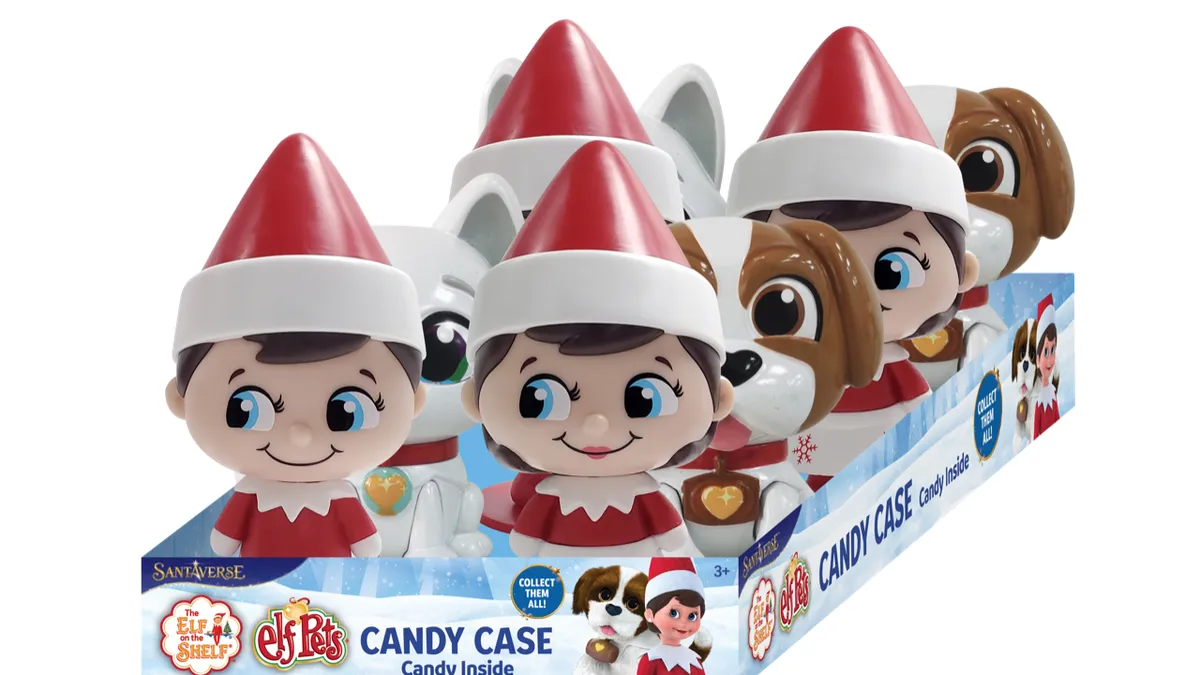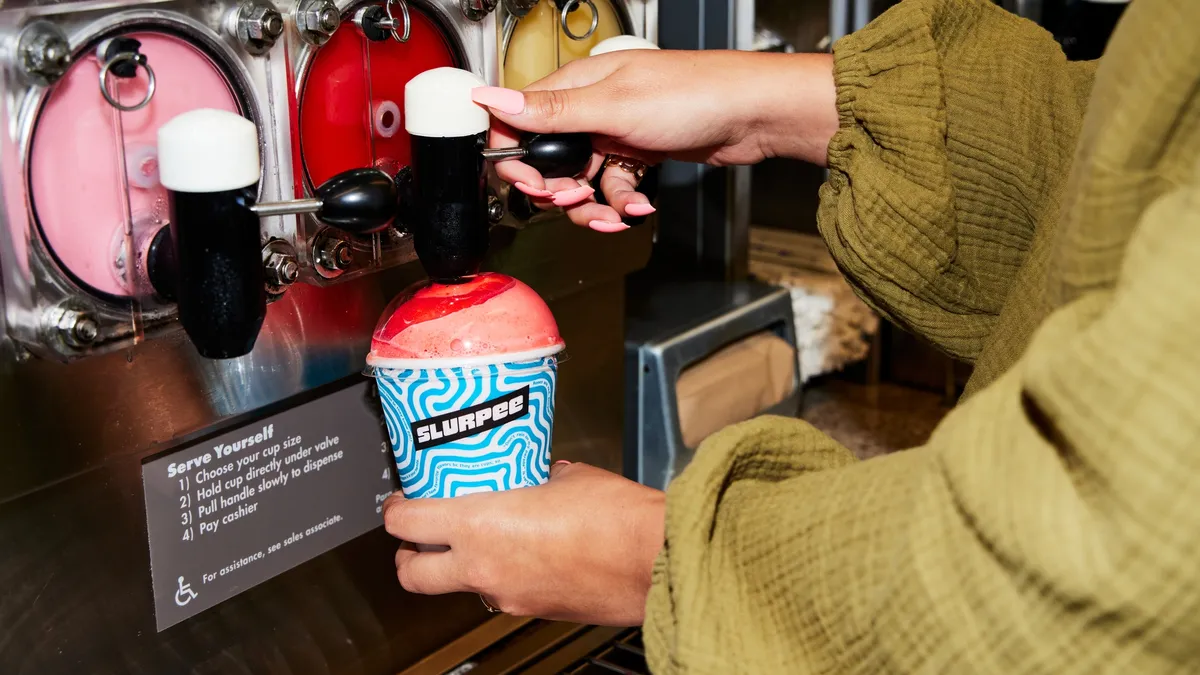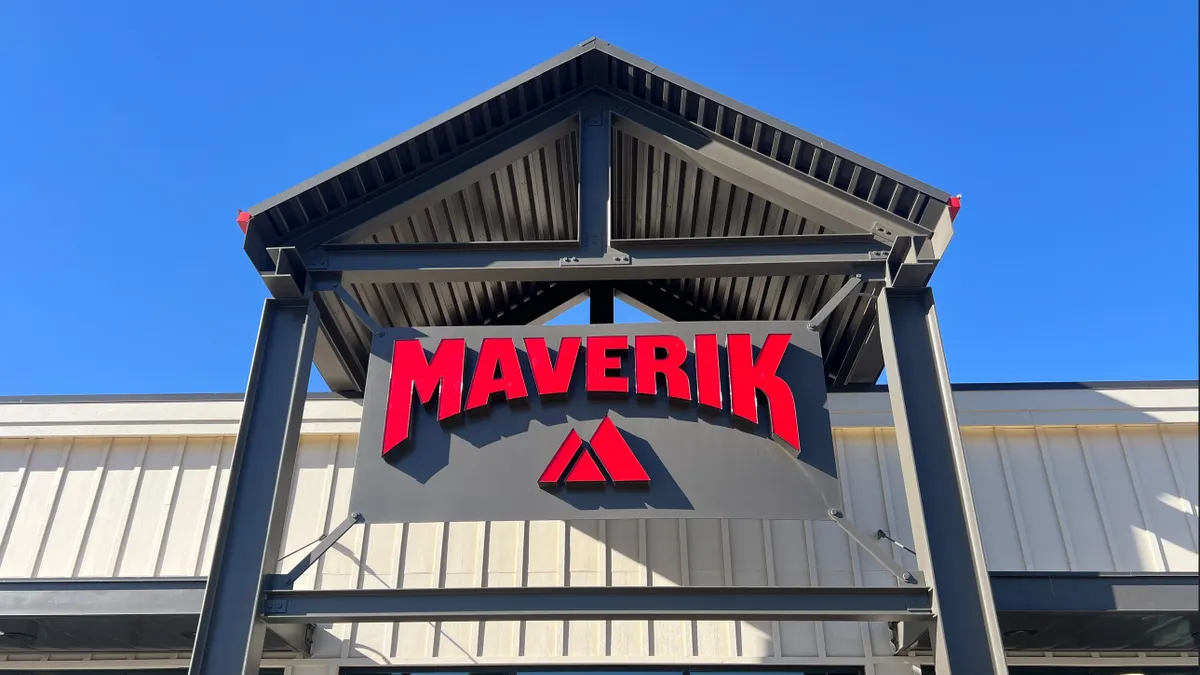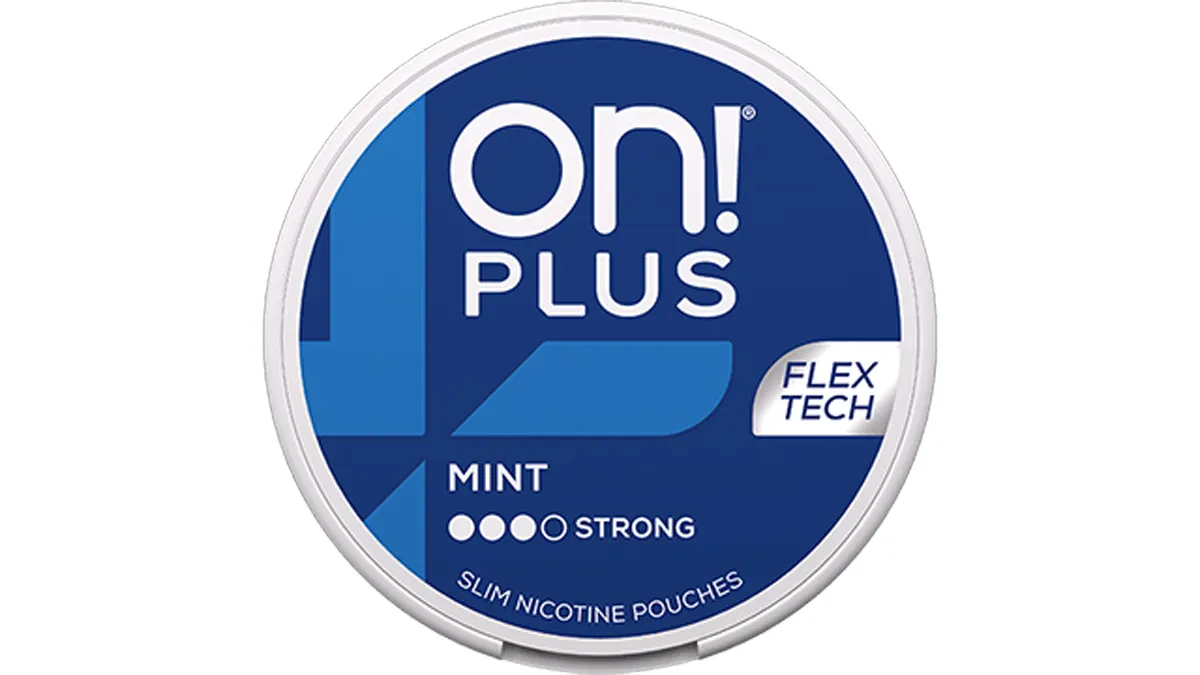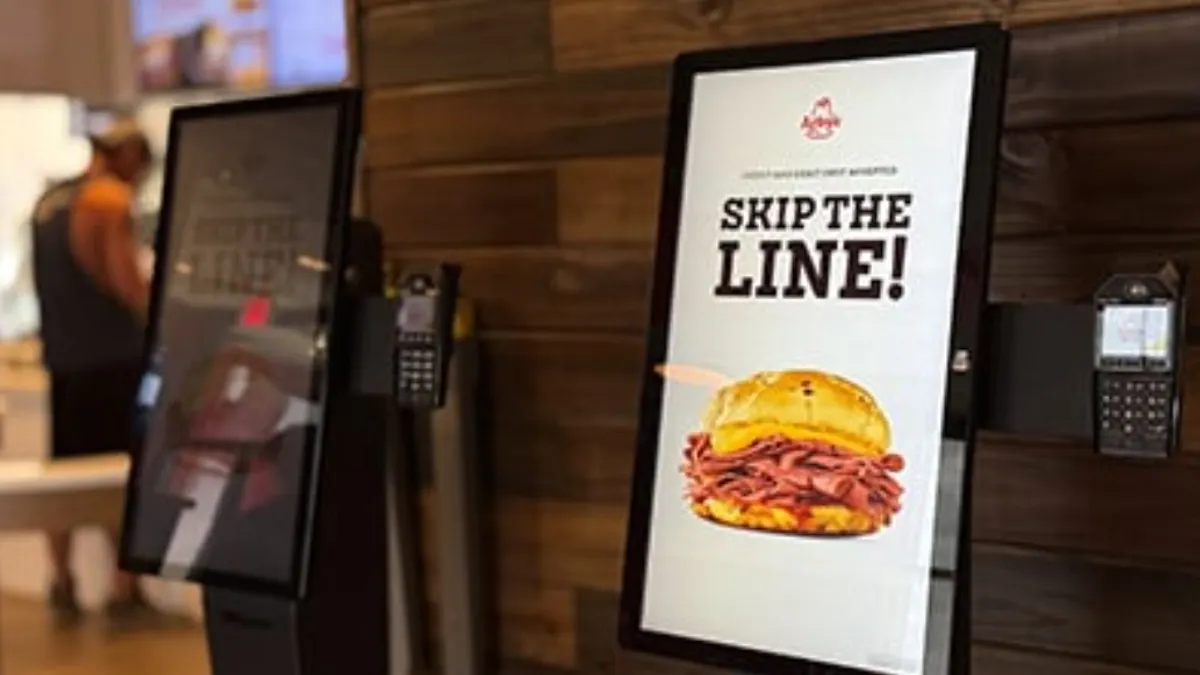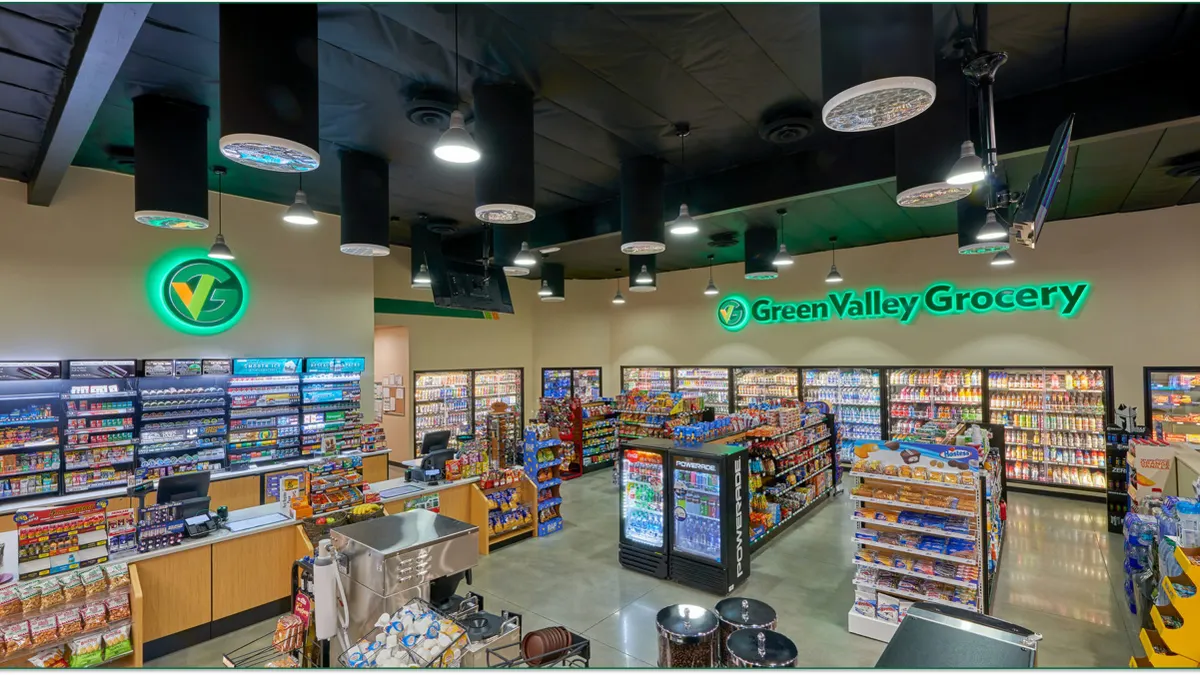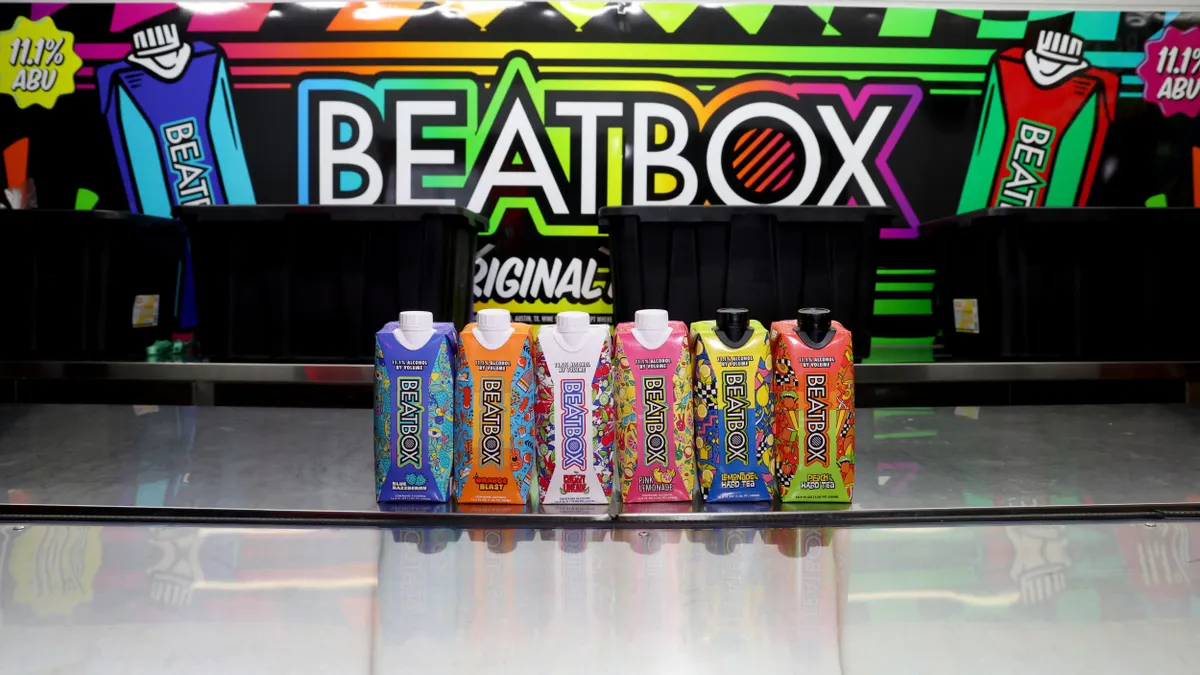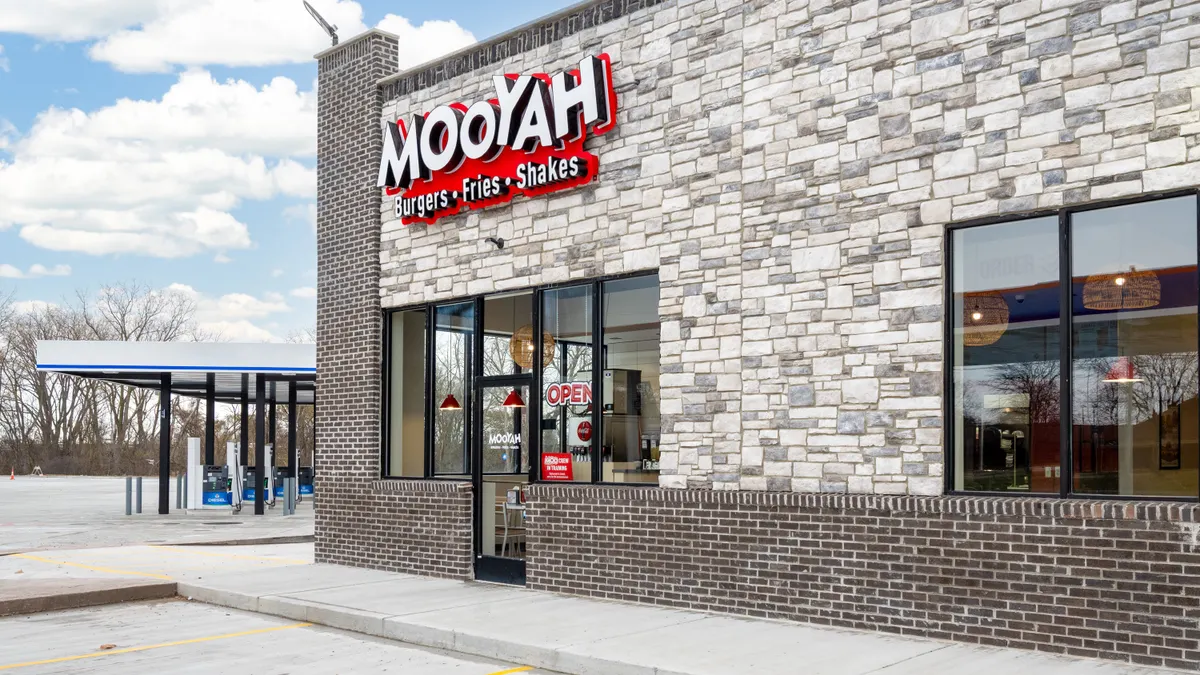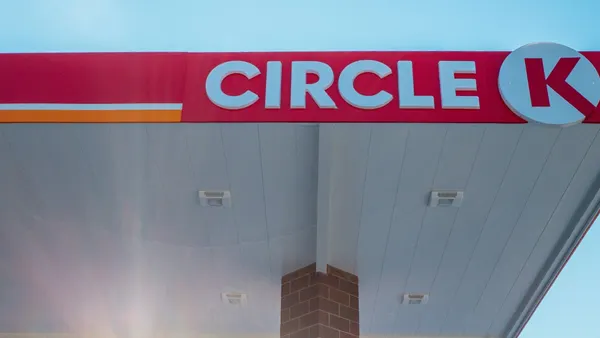Candy is big business during the winter holidays, but c-stores are typically lacking in offerings.
While c-stores accounted for 20.5% of all candy and confectionery sales last year, they had only a 16% share of the candy sales during the eight weeks ending Dec. 31 and represented just 1.4% of holiday-specific items per Circana data, said Anne-Marie Roerink, principal at 210 Analytics.
However, overall sales of candy and chocolate rose 4.2% to $6.1 billion for the eight-week period during Christmas last year. “That’s a perfect reflection of the power of the winter holidays, as well as the limited role convenience stores play in this particular space,” Roerink said.
While c-stores are not always the destination channel for all holiday candy, experts believe operators can capitalize on holiday sales much more than they currently do.The channel boasts advantages that include getting in and out quickly, proximity to people’s homes and both single-serve and multi-serve options, Roerink said.
“Convenience stores have an opportunity to address the gifting occasion, whether a small hostess gift or that last minute Valentine’s Day box of chocolate.”

Anne-Marie Roerink
principal at 210 Analytics
While many retailers lag, some operators that focus on giving holiday candies space and eye-catching displays are seeing sales growth.
“Our holiday candy sales have consistently increased each year,” said Tim Good, director of store operations for Wally’s.
For its first few years, Wally’s displayed holiday candy on just a few counter units. This year, the growing company pre-booked multiple displays from Mars and Hershey, and Good noted they will order additional products if needed.
Offering value will be key this season
The holiday season in general will be tough for many consumers this year, said Sally Lyons Wyatt, global EVP & chief advisor, Consumer Goods & Foodservice Insights at Circana.
“Not only are consumers combatting increased housing costs, utilities costs, insurance costs, etc., they are also experiencing higher food and beverage costs, including confections. This has been the biggest driver of the softness in sales,” Wyatt said.
As a result, retailers need to embrace discounts, bundles and even non-traditional incentives to get consumers to walk into their stores or order online, Wyatt suggested.
“Confections bring joy to consumers, so make it a priority to have the right mix in the right stores,” she said.
But value means different things to different people, Wyatt noted, with some looking for deals on their favorite brands’ holiday options while others are looking for the lowest overall prices.
Roerink agrees that “value is the undercurrent to everything right now” and rarely about price alone.

“We truly live in a world of AND in which shoppers weigh price and promotion but also … better for, mood, nutrition and more,” Roerink said. “For convenience stores, this means that, yes, consumers may be spending a bit more for the same item than they would at a supermarket or Walmart, but the quick in and out may be worth that extra spend.”
As a result, retailers need to sharpen their points of differentiation, Roerink suggested.
And c-stores have an opportunity to sell single-serve options at a price point that may be more appealing than a larger size or multi-serve pack. Wally’s does just that, offering smaller, single-serve items along with “shareable” and larger offerings, Good said, to appeal to more guests.
Placement matters
In addition to value, drawing attention to holiday candy is essential. Good notes that Wally’s highlights seasonal candy separate from other candies because “we have found that when placing inline, the product gets lost.” To that end, Wally’s places holiday candy in impulse areas like at the checkouts, on the bakery and cafe station counters, and with the retailer’s general merchandise.
“The more locations [where holiday candy] can be placed around the store, the more chance you have to capture impulse holiday sales,” Good said.
Carrying fun, holiday-themed forms of candy is always a good idea for retailers, Lyons Wyatt noted, saying, “Given the shelf space available in convenience stores, end aisle displays or even floor displays would be optimal. The end aisle is ideal because it doesn’t take away from floor space,” she said.
While c-stores have traditionally played a very small role in both holidays and gifting, Roerink said, there is a lot of opportunity to grab market share among consumers giving candy as gifts. “Drug stores have always been the last-minute scramble destination,” Roerink said, and with more of them closing, “convenience stores have an opportunity to address the gifting occasion, whether a small hostess gift or that last minute Valentine’s Day box of chocolate.”
However, growing the holiday assortment is a balancing act because of the limited space in most c-stores, Roerink acknowledged. “Every item sold has to prove itself. That’s why seasonal assortment can be risky versus giving that same space to a category’s powerhouse brands.”
Innovation will help boost candy sales
New product innovation — particularly in the fast-growing non-chocolate candy category — is also expected to boost sales this holiday season. For instance, Hilco is touting two-packs of Kool-Aid’s tropical punch-flavored Rock Candy Sticks and Warheads’ Watermelon Sour Rock Candy Sticks for stocking stuffers, along with a Warheads Christmas countdown calendar.
Among familiar favorites, there is excitement around the upcoming toasty holiday peanut M&M’s from Mars. This twist on the classic candy infuses its peanuts with cinnamon, vanilla, spiced sugar and caramel flavors.
And CandyRific has a number of new novelty items, including popular brands like Elf on a Shelf and Haribo.
“Whether theme-based like monsters or infused candies with holiday spices like cinnamon, caramel, etc., we will see new products this upcoming season,” Lyons Wyatt said.
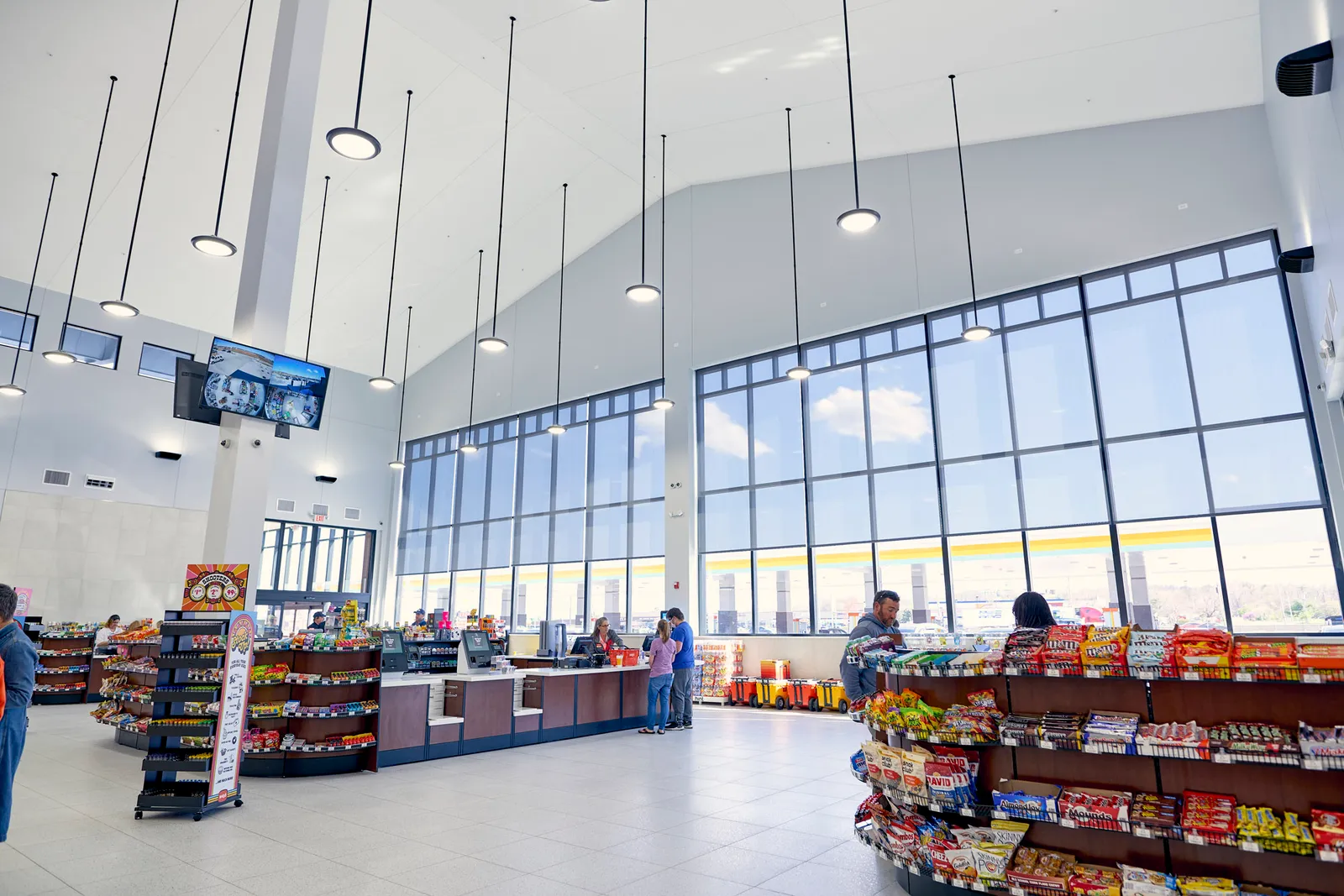
Chocolate versus non-chocolate
Lyons Wyatt expects to see more innovation in non-chocolate products this holiday season due to a cocoa shortage causing prices to skyrocket and the fact that consumers have been gravitating to non-chocolate for several years. While dollar sales of chocolate were up in 2023, according to Circana, unit and volume sales were down by 5.4% and 4.4%, respectively.
“Our point of view is the trend will continue, but the question is if the trend plus other holiday candy purchases will outpace the last couple of years,” Lyons Wyatt said. “Chocolate used to be the mainstay for gifting, but that has changed as non-chocolate variety has increased and consumers have been purchasing both varieties.”
While Lyons Wyatt believes c-store operators are doing a great job offering a variety of candies, Good said there has not been enough new non-chocolate holiday options.
“It appears that the manufacturers still view chocolate as tops for holiday candy offerings,” Good said. “This is super disappointing to me as the market seems to be shifting to gummies and other peggable candies.”
He added that once they can handle the minimum orders for private label sourcing, “I think we will see massive sales in these areas.”
Price will likely be the determining factor in the chocolate versus non-chocolate conundrum this year, Lyons Wyatt believes.
“We will see if chocolate gifting fits into budgets or if consumers turn more toward non-chocolate or even different options,” she said.

